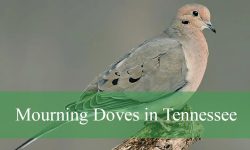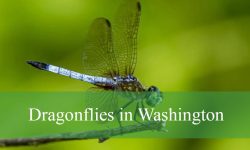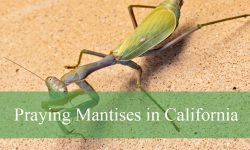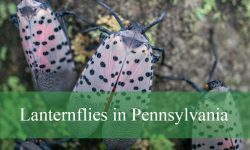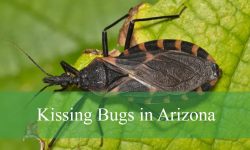Florida’s diverse ecosystems provide an ideal habitat for some of the most powerful birds of prey in North America. Among them, the eagles in Florida stand out for their impressive size, sharp vision, and commanding presence in the sky. From wetlands and rivers to remote forests, these majestic birds are an unforgettable part of the state’s wildlife.
Eagles in Florida capture attention with their bold features and dramatic behavior. The bald eagle is the most widespread species, easily identified by its white head and large wingspan. In some areas, observers may also spot rare visitors like the golden eagle or notice juvenile eagles in transitional plumage.
This article introduces 3 common eagles in Florida, including helpful identification tips and images. Learning how to recognize these birds adds excitement to every outdoor trip and deepens appreciation for Florida’s thriving birdlife.
Types of Eagles in Florida
Bald Eagle (Haliaeetus leucocephalus)
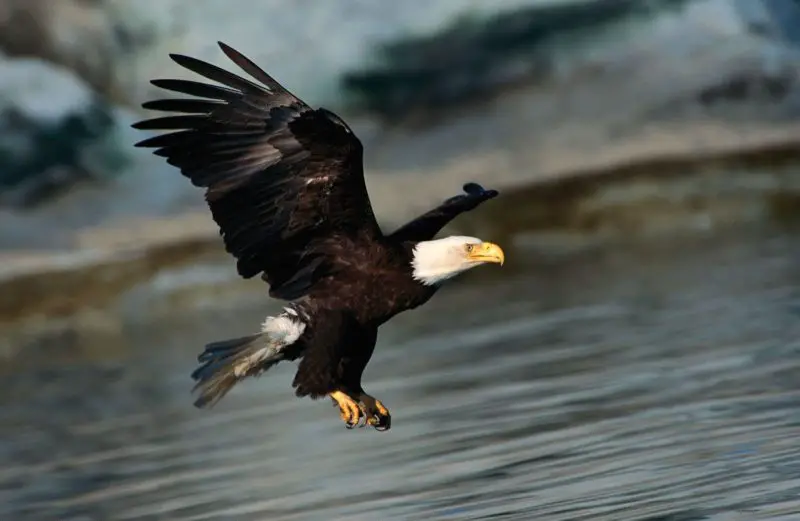
The Bald Eagle is one of the most iconic birds in North America and serves as the national bird of the United States. It is instantly recognizable by its striking white head and tail, contrasting with a dark brown body and wings. Its hooked yellow beak and powerful yellow feet make it an efficient hunter and scavenger. Adults measure between 28–40 inches in length, with an impressive wingspan of 6 to 7.5 feet, making them among the largest raptors in the U.S.
Bald Eagles are common year-round residents in Florida, where they thrive in the state’s vast wetlands, lakes, and coastal regions. They prefer nesting near large bodies of water, where fish are abundant. Florida supports one of the highest concentrations of nesting Bald Eagles outside of Alaska, with hundreds of active nests observed each year, particularly in central and northern Florida. The nesting season begins earlier in Florida than in northern states, usually starting around October.
Their diet primarily consists of fish, but Bald Eagles are opportunistic and will also feed on waterfowl, turtles, carrion, and small mammals when available. They are known for their dramatic hunting dives, swooping down to snatch prey from the water with their sharp talons. Eagles may also steal food from ospreys and other birds—this piracy behavior is called kleptoparasitism.
In terms of behavior, Bald Eagles are typically solitary or seen in pairs, especially during the breeding season. They are known for building enormous stick nests (called eyries) high in tall trees near water. These nests can be reused and expanded each year, sometimes reaching 10 feet wide and weighing over a ton. Eagles communicate through high-pitched whistles and chatters, often heard near nesting areas.
Florida’s abundant aquatic habitats, mild climate, and strong conservation efforts have made it a vital stronghold for Bald Eagle populations. The best places to spot them include wildlife refuges, such as Merritt Island National Wildlife Refuge, and along major water bodies like Lake Kissimmee and the St. Johns River. Bald Eagles remain a symbol of strength and freedom, deeply woven into Florida’s natural identity.
Golden Eagle (Aquila chrysaetos)

The Golden Eagle is one of the largest and most powerful raptors in North America, though it is rarely seen in Florida. These birds have a dark brown body with golden-bronze feathers on the back of the head and neck, giving them their name. They are slightly larger than Bald Eagles, measuring 30–40 inches in length with a wingspan of 6.5 to 7.5 feet. Their legs are feathered all the way down to their toes, unlike the Bald Eagle.
Golden Eagles are typically found in open and mountainous terrain in western North America, but small numbers migrate to the southeastern U.S. during winter, including northern and Panhandle regions of Florida. They are considered accidental or rare winter visitors in the state, with sightings mostly limited to remote wilderness areas or open pine flatwoods.
These raptors are known for their incredible agility in flight and powerful hunting capabilities. Unlike Bald Eagles, Golden Eagles rarely eat fish. Instead, they prey on mammals such as rabbits, squirrels, groundhogs, and even small deer. They may also feed on reptiles and carrion when live prey is scarce. Their hunting style often involves high-speed dives (stoops) at speeds over 150 mph.
Golden Eagles are more secretive and elusive than Bald Eagles. They usually avoid heavily populated areas and human disturbance. When present in Florida, they tend to stay in quiet, open habitats such as large conservation lands or private timberlands in the Panhandle. They are mostly solitary and rarely form groups, except during migration.
While Golden Eagles are not a common part of Florida’s ecosystem, they are still a species of interest to birders and researchers. Observing them in the wild is considered a rare and special event. Birders hoping to spot one in Florida should focus on winter months and visit areas like Apalachicola National Forest or rural parts of the Big Bend region.
Juvenile Bald Eagle
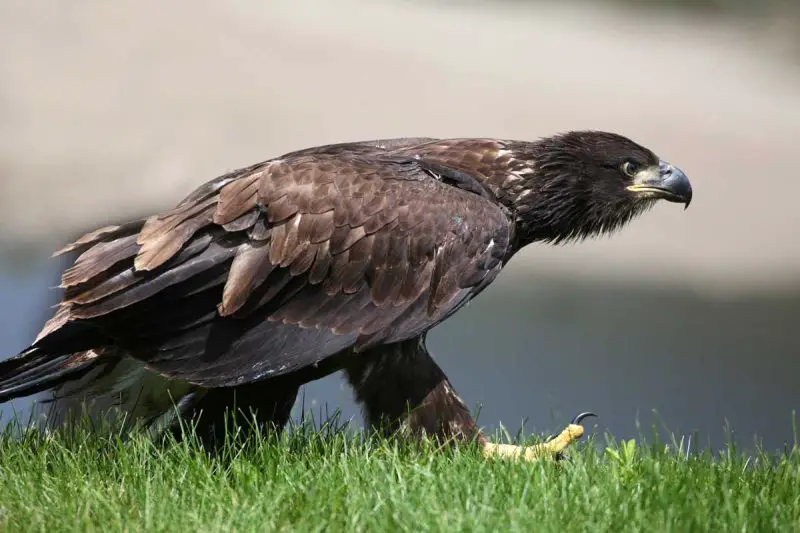
Juvenile Bald Eagles are the immature form of the species and can be difficult to identify due to their dramatically different appearance from adults. Unlike the iconic white head and tail, juveniles are covered in mottled brown and white feathers, especially on the underparts and wings. Their beaks are dark rather than yellow, and their eyes are brown instead of the adult’s pale yellow. They gradually develop adult plumage over a period of about five years.
These juveniles are often confused with Golden Eagles, especially during flight. However, subtle differences—such as the shape of the wings, the size of the beak, and flight posture—can help distinguish them. Juvenile Bald Eagles tend to have slightly broader wings and hold them flat while soaring, whereas Golden Eagles hold their wings in a slight dihedral (V-shape).
Juvenile Bald Eagles are common throughout Florida, as the state has a robust breeding population of adults. They can be seen in the same habitats as adults: near large lakes, rivers, marshes, and coastal areas. After fledging from the nest, young eagles often wander widely in their first few years before settling down to breed. Some juveniles may even travel out of state before returning to Florida as mature adults.
Their diet is very similar to that of adults and includes mostly fish, carrion, and occasionally birds and small mammals. However, young eagles are not as skilled at hunting and often scavenge or steal food when possible. They can be seen following other birds to find easy meals, sometimes congregating at landfills, fishing docks, or along highways where roadkill is abundant.
Juvenile Bald Eagles are a vital part of the species’ life cycle and offer birdwatchers a unique challenge in identification. Because they look so different at each age, they provide an exciting opportunity to study raptor development in the wild. Seeing one in flight or perched near a Florida waterway is always a memorable sight for nature lovers and bird enthusiasts alike.
FAQ about Eagles in Florida
What types of eagles can be found in Florida?
Florida is home to two main types of eagles: the bald eagle, which is a year-round resident and breeds in the state, and the golden eagle, which is a rare winter visitor. Juvenile bald eagles are also commonly seen and often mistaken for other eagle species due to their different plumage.
Are bald eagles common in Florida?
Yes, bald eagles are very common in Florida. The state has one of the largest nesting populations of bald eagles in the lower 48 states. They are found near lakes, rivers, wetlands, and coastal areas throughout the state.
When is the best time to see eagles in Florida?
The best time to see bald eagles in Florida is during the nesting season, which typically runs from October to May. Golden eagles may occasionally be spotted in winter months in northern Florida.
How can you tell the difference between a bald eagle and a golden eagle?
Adult bald eagles have a white head and tail, yellow beak, and dark brown body. Golden eagles are uniformly dark brown with golden feathers on the back of their neck. Juvenile bald eagles can resemble golden eagles but have more mottled plumage and lack the golden nape.
Do eagles live year-round in Florida?
Bald eagles live year-round in Florida and are residents in many parts of the state. Golden eagles, on the other hand, do not breed in Florida and are seen only during migration or winter months, and even then, very rarely.
Where are the best places to see eagles in Florida?
Some of the best locations to observe eagles include Merritt Island National Wildlife Refuge, Everglades National Park, Lake Kissimmee State Park, and Apalachicola National Forest. These areas offer ideal eagle habitats with large bodies of water and abundant prey.
What do eagles eat in Florida?
Bald eagles in Florida primarily eat fish, but they are opportunistic and will also consume birds, turtles, small mammals, and carrion. Golden eagles, when present, tend to hunt mammals like rabbits and squirrels rather than fish.
How large are bald eagles?
Adult bald eagles typically measure 28 to 40 inches long with a wingspan of 6 to 7.5 feet. Females are generally larger than males.
Are bald eagles protected in Florida?
Yes. Bald eagles are protected under federal and state laws, including the Bald and Golden Eagle Protection Act. It is illegal to disturb nesting eagles, and conservation efforts in Florida have been crucial to their recovery.
Do bald eagles migrate in Florida?
Most bald eagles in Florida are non-migratory, but some northern birds may migrate south to Florida during winter. These wintering eagles mix with the resident population and increase sightings during colder months.

